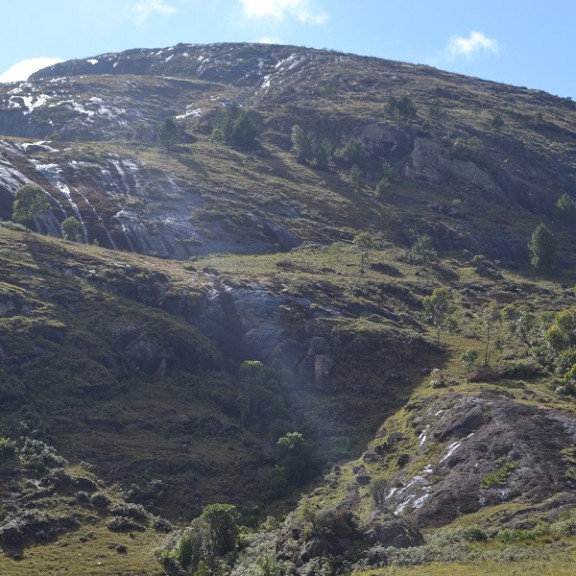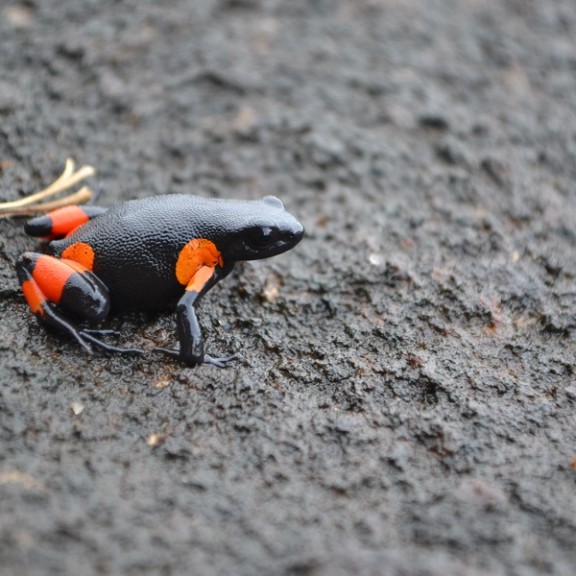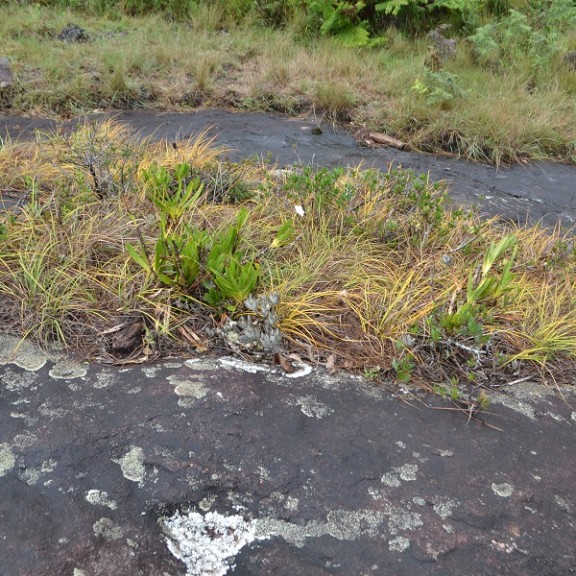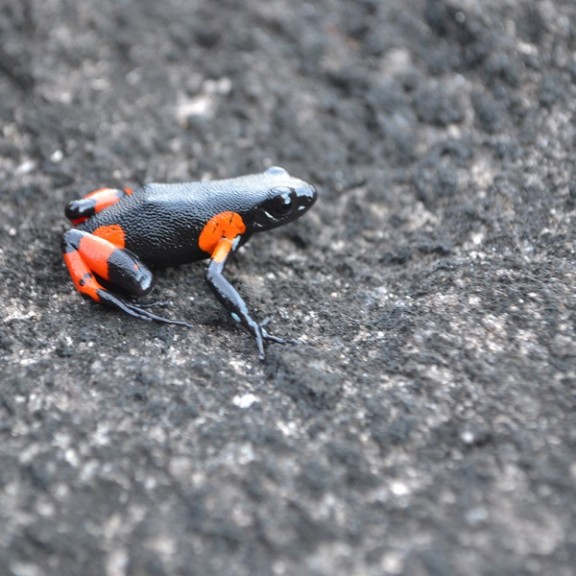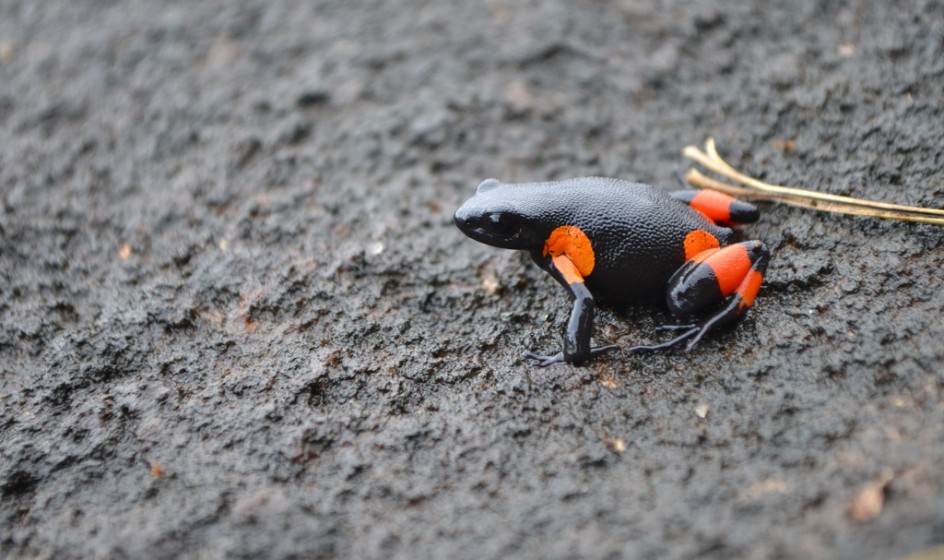

Harlequin Mantella

Integrating in situ and ex situ research to conserve the Harlequin mantella in Madagascar
The Harlequin mantella (Mantella cowanii) is endemic to Madagascar. It was assessed as Endangered on the IUCN Red List in 2014 based on its very small area of occupancy, its ongoing decline, and the extent and quality of habitat. This project is based on a species conservation action plan from December 2018. The project goal is to collect new information on ecological needs to help mitigate the multi-faceted and synergistic threats to Mantella cowanii populations and provide strong conservation recommendations. The project is conducted around Antoetra situated in the southeastern range of the species’ distribution where its presence was confirmed in 2020. In situ and ex situ research can and should be carried out in a complementary way, i.e. there are aspects of behaviour (e.g. microhabitat selection) that are extremely difficult to rigorously assess in situ. This is where ex situ research can play a significant role. In turn, knowledge regarding environmental and habitat variables, ecology and biology in situ can be used to greatly improve the design, methods and execution of ex situ conservation breeding. The underlying principle of collaborative and complementary research was fundamental to the approach of the Mantella cowanii project. This research will fill gaps in the knowledge on Mantella cowanii, behaviour, micro-habitat use and potential distribution under different temperature regimes, something we know little about. The project is led by a Malagasy PhD student.
Species:
Harlequin mantella (Mantella cowanii)
Region:
Madagascar
Implementing Partner:
Madagasikara Voakajy, Chester Zoo
Funding period:
Oct 2021- March 2023
Research questions
- How does the species’ microhabitat preference change across the year?
- How does the species’ population structure and behaviour change between sex and age over times of the year?
- How does the species respond to any change on its environmental parameters?
- How does climate change can affect the species distribution?
Planned activities
- To conduct field work to identify microhabitat use by collecting data on environmental factors of breeding sites
- To study the population structure, daily activities and breeding activities by collecting data on the animals
- To develop models on how environmental and habitat factors affect the behaviour and breeding of the frogs
- To develop distribution models to see how climate change and other changes in habitat will affect the range size and geographical distribution
